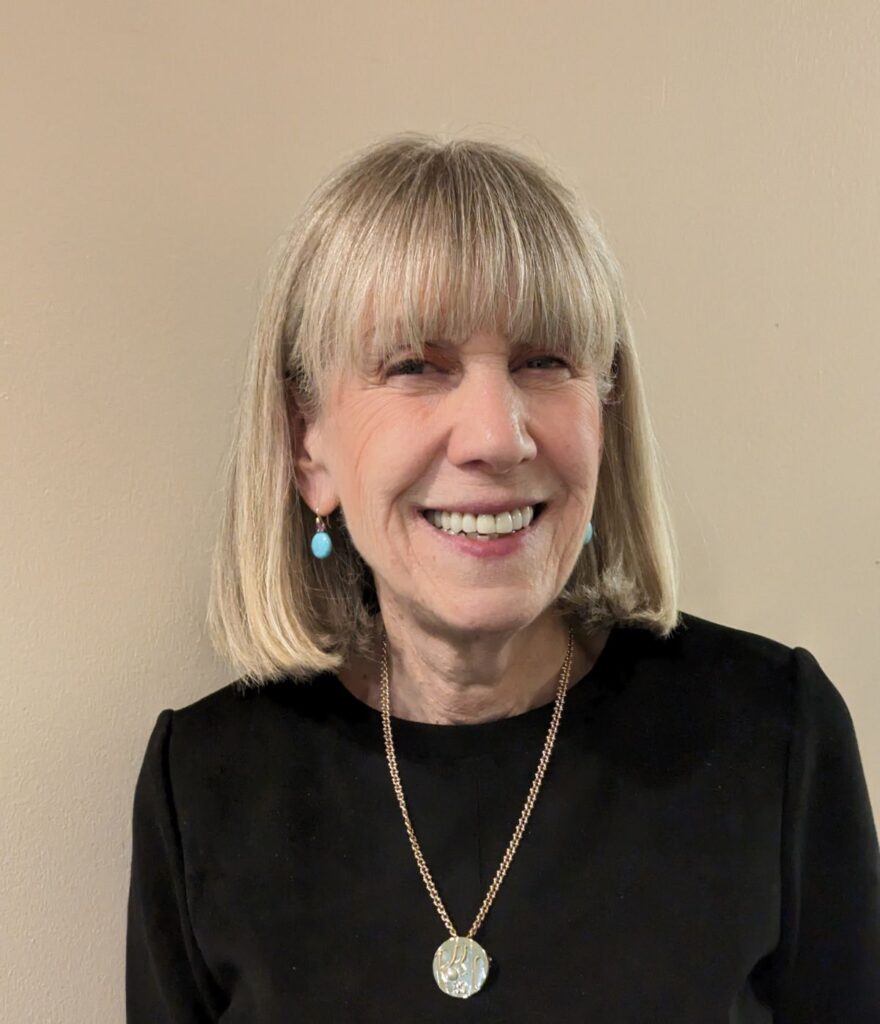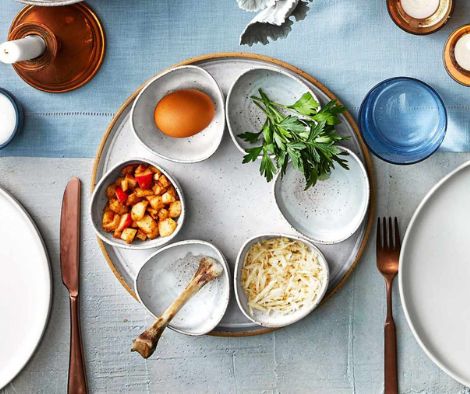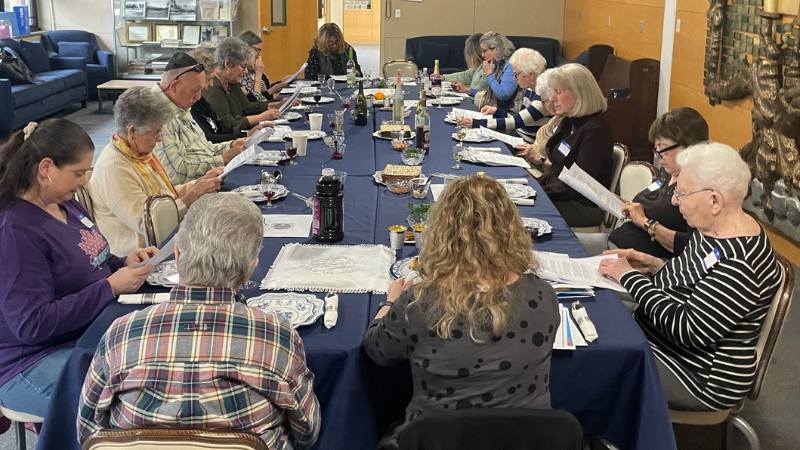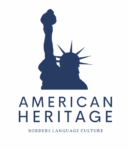By Linda Klempner, WLCJ International Vice President and Torah Fund Patron/Scholarship Patron Chair
A Women’s Seder Reflects Women’s Roles in Conservative Judaism
 In the words of longtime Jewish feminist Francine Klagsbrun, “Women’s seders have become a phenomenon of our time… From New York to Nebraska, from Berlin to London, thousands of Jewish women throughout the world celebrate the Passover holiday every year with an evening of ceremony and remembrance led by women for women.”
In the words of longtime Jewish feminist Francine Klagsbrun, “Women’s seders have become a phenomenon of our time… From New York to Nebraska, from Berlin to London, thousands of Jewish women throughout the world celebrate the Passover holiday every year with an evening of ceremony and remembrance led by women for women.”
There were women in Jewish life who held positions of respect since biblical times. For example, Miriam is considered one of the liberators of the people of Israel, along with her brothers Moses and Aaron. Deborah was one of the judges of the Israelites. Seven of the 55 prophets of the Bible were women. Within the last two generations, the role of women has expanded both in American society and Jewish culture. It can be said that, like the Israelites, women of today have freed themselves from bondage.
The traditional Passover seder has evolved to include thousands of Jewish women celebrating the Passover holiday every year with a women’s seder. This is a ceremony of remembrance led by women singing songs and reciting special prayers.
 A women’s seder serves to add a feminist, women-centered dimension to the observance of the Jewish holiday of Passover. Some say the women have become fully integrated as equals into all aspects of Jewish life, both religious and secular.
A women’s seder serves to add a feminist, women-centered dimension to the observance of the Jewish holiday of Passover. Some say the women have become fully integrated as equals into all aspects of Jewish life, both religious and secular.
To read the biblical story of the Exodus is to understand Passover as, among other things, a celebration of women’s heroism. But, in the traditional Haggadah, women are missing. While Moses is absent as well, there are many references to human beings throughout the Haggadah, but only men and boys are referred to. Women and girls remain invisible. The Passover story is about freedom from oppression, from the expectation that one group of people will obey others unquestionably. It is a story of liberation.
Women’s seders have had an impact on the seder experience as a whole. There is a current generation of children who would be confused if there was no Miriam cup filled with water (a symbol of redemption and possibility) present on the seder table. In addition, in many homes, there is the placement of an orange on the seder plate to represent the importance of women’s full inclusion in Judaism.
Today, unlike generations ago, there are many feminist readings and interpretations available for every element of the Haggadah and the seder meal. Many family seders benefit from the rich resources that have emerged from readings prepared for women’s seders and the wider Jewish feminist engagement with Passover. Traditionally, Passover seders have been male-centered, but the feminist voice has brought a refreshing perspective to the table.
 Women in the Conservative movement of Judaism lead congregations as rabbis, cantors, and synagogue presidents. Still, women’s seders multiply and their guest lists grow. On March 30 I attended a women’s seder hosted by First Hebrew Congregation’s Sisterhood in Peekskill, N.Y. Each woman had come from a different place and brought with her different experiences. It is always a pleasure to go to this event. Their Haggadah is filled with the feminist experiences. Every year they update their Haggadah so it is current. This was First Hebrew Congregation’s twelfth year.
Women in the Conservative movement of Judaism lead congregations as rabbis, cantors, and synagogue presidents. Still, women’s seders multiply and their guest lists grow. On March 30 I attended a women’s seder hosted by First Hebrew Congregation’s Sisterhood in Peekskill, N.Y. Each woman had come from a different place and brought with her different experiences. It is always a pleasure to go to this event. Their Haggadah is filled with the feminist experiences. Every year they update their Haggadah so it is current. This was First Hebrew Congregation’s twelfth year.
A women’s seder represents the feminist Jewish spiritual journey. The seder is the great bond of our tradition as we once again engage in our yearly journey from humiliation to glory: The seder represents the story of our current life and points to the shining conclusion that is yet unfolding as we progress in our journey. The Haggadah compresses time and preserves the accumulated Jewish experience of centuries and enables us to relive it yearly.
Chag Pesach Sameach,
Shabbat Shalom,
Linda Klempner
WLCJ International Vice President and Torah Fund Patron/Scholarship Patron Chair
lklempner@wlcj.org








